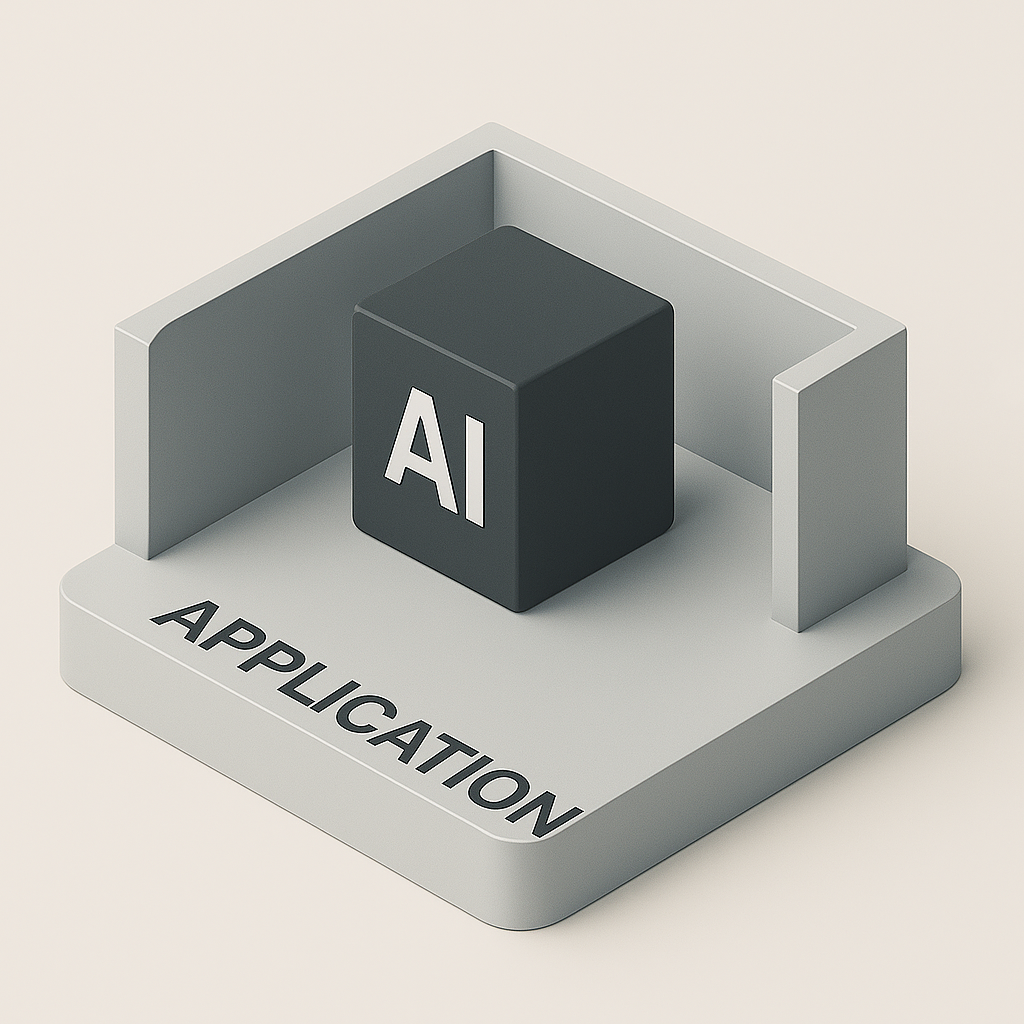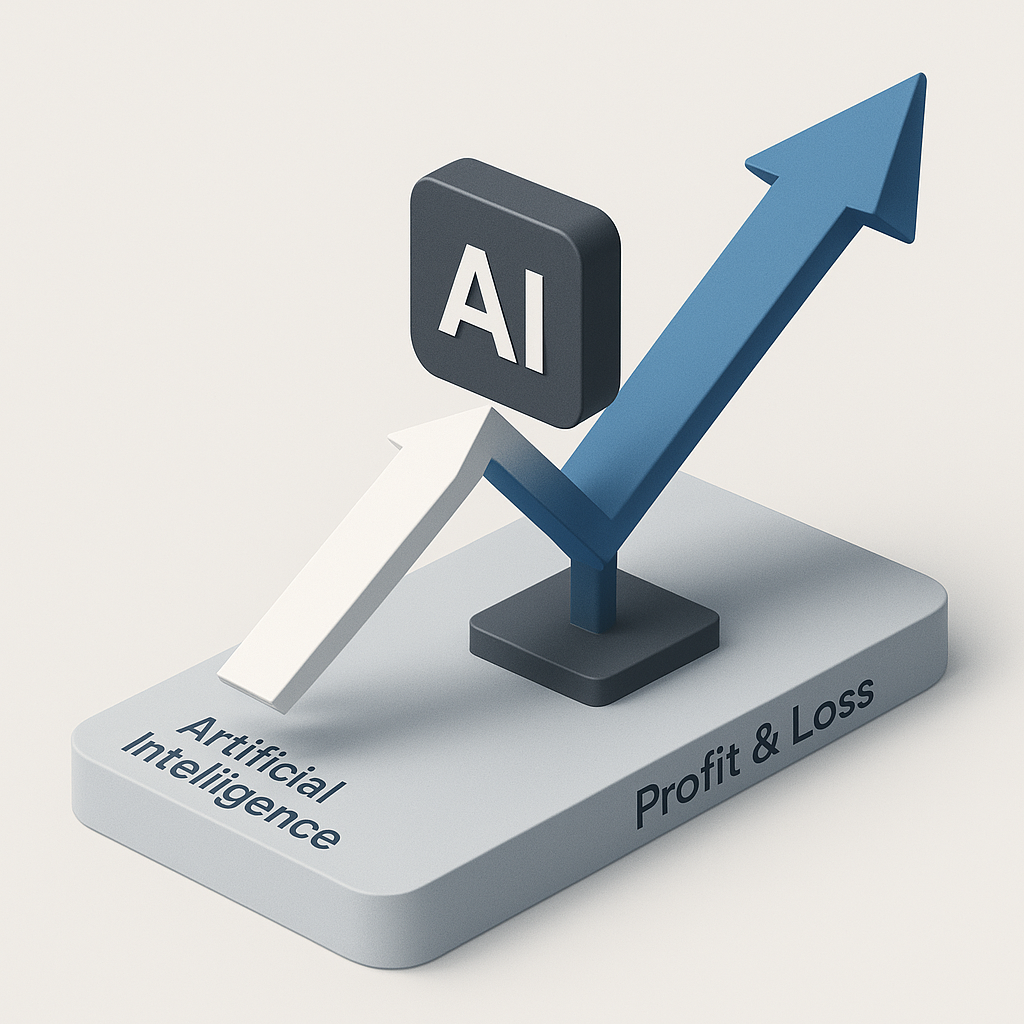
Creating an automated data pipeline is required for handling the data flow in churn prediction for real time results. This pipeline automates the ingestion, processing, and retraining stages, providing real-time insights as new data is ingested. Using AWS services such as S3, Lambda, and SageMaker Canvas, we ensure a secure, scalable, and low-latency pipeline that supports continuous model improvement. This article walks through the architecture and best practices for building an automated data flow in AWS.
Pipeline Design
The data pipeline for churn prediction consists of the following stages:
- Data Ingestion: New customer records are uploaded to an S3 bucket. S3 acts as the central data repository for model training and predictions.
- Triggering Model Re-Training: S3 event notifications trigger an AWS Lambda function whenever new data is added, initiating model retraining.
- Model Training and Prediction: The Lambda function calls SageMaker Canvas to start the training process with the updated dataset, producing a new churn prediction model.
- Prediction Output Storage: Prediction results are stored back in an S3 bucket for further analysis or integration with downstream applications.
Real-Time Model Re-Training
AWS Lambda functions automatically respond to changes in the data by initiating model retraining. Here’s how it works:
- S3 Event Notification: When a new record is added to the S3 bucket, an S3 event notification is triggered.
- Lambda Trigger: The S3 event triggers a Lambda function configured to handle the new data and initiate retraining.
- SageMaker Canvas Training: The Lambda function calls SageMaker Canvas to start a new training job with the latest data.
Lambda Function Example
resource "aws_lambda_function" "model_retraining" {
function_name = "ModelRetrainingFunction"
handler = "lambda_function.lambda_handler"
runtime = "python3.8"
role = aws_iam_role.lambda_execution_role.arn
source_code_hash = filebase64sha256("lambda_function.zip")
environment {
variables = {
SAGEMAKER_ENDPOINT_NAME = "churn-prediction-endpoint"
S3_BUCKET = aws_s3_bucket.data_bucket.id
}
}
}
Explanation
This function automatically initiates model retraining on SageMaker Canvas whenever new data is added to S3, ensuring the model remains up-to-date with the latest data.
Data Storage and Security
S3 Bucket Configuration
Data storage is centralized in an S3 bucket configured with secure access controls. The bucket stores raw data, training datasets, and prediction outputs.
- Bucket Policy: Restrict access to only necessary AWS services and roles.
- Encryption: Enable server-side encryption to protect data at rest.
- Access Control: Use IAM policies to grant SageMaker and Lambda the appropriate permissions for accessing S3.
IAM Role for S3 Access
Define a role that allows Lambda to interact securely with S3.
data "aws_iam_policy_document" "lambda_s3_access" {
statement {
effect = "Allow"
actions = [
"s3:GetObject",
"s3:PutObject",
"s3:ListBucket"
]
resources = [
aws_s3_bucket.data_bucket.arn,
"${aws_s3_bucket.data_bucket.arn}/*"
]
}
}
resource "aws_iam_role_policy" "lambda_s3_access" {
role = aws_iam_role.lambda_execution_role.id
policy = data.aws_iam_policy_document.lambda_s3_access.json
}
Pipeline Optimization
S3 Triggers and Lambda Efficiency
To maintain a low-latency pipeline, ensure that:
- Event Filtering: Configure S3 event notifications to trigger Lambda only on specific object patterns (e.g., new data files).
- Batch Processing: Use batching in Lambda if multiple files are added simultaneously, reducing function invocations.
Optimizing SageMaker Canvas Training
SageMaker Canvas allows for flexible training settings:
- Hyperparameter Tuning: Enable automatic tuning to optimize training configurations based on your dataset.
- Scaling: Use instance types that balance cost and performance for training jobs.
Reducing Latency
Keep the pipeline responsive by:
- Minimizing Data Transfers: Store training and inference data in the same S3 bucket region as SageMaker.
- Asynchronous Processing: Use asynchronous calls in Lambda to initiate SageMaker training, allowing Lambda to process other incoming events.
Best Practices
Data Flow Management
- Versioning: Enable versioning in S3 to keep track of data changes over time.
- Data Retention: Implement lifecycle policies in S3 to automatically delete old data, reducing storage costs.
- Monitoring: Use CloudWatch to monitor Lambda invocations, S3 events, and SageMaker training jobs for performance insights.
Data Security
- Encryption: Use S3 encryption (SSE-S3 or SSE-KMS) for all sensitive data.
- Access Control: Follow the principle of least privilege for IAM policies associated with Lambda and SageMaker.
- Auditing: Enable CloudTrail to audit access to S3 and other resources in the pipeline.
Scaling Considerations
As your data grows, consider:
- Parallel Processing: Split data into manageable chunks and process them in parallel using Lambda.
- Auto-scaling SageMaker: For larger datasets, enable auto-scaling on SageMaker endpoints to handle increased load.
This automated data pipeline in AWS provides a scalable and secure approach to churn prediction. By leveraging AWS services like S3, Lambda, and SageMaker Canvas, the pipeline offers real-time re-training capabilities, ensuring the model remains updated as new data is ingested. With careful attention to optimization, security, and best practices, this architecture can support continuous improvement in churn prediction accuracy while controlling costs.



